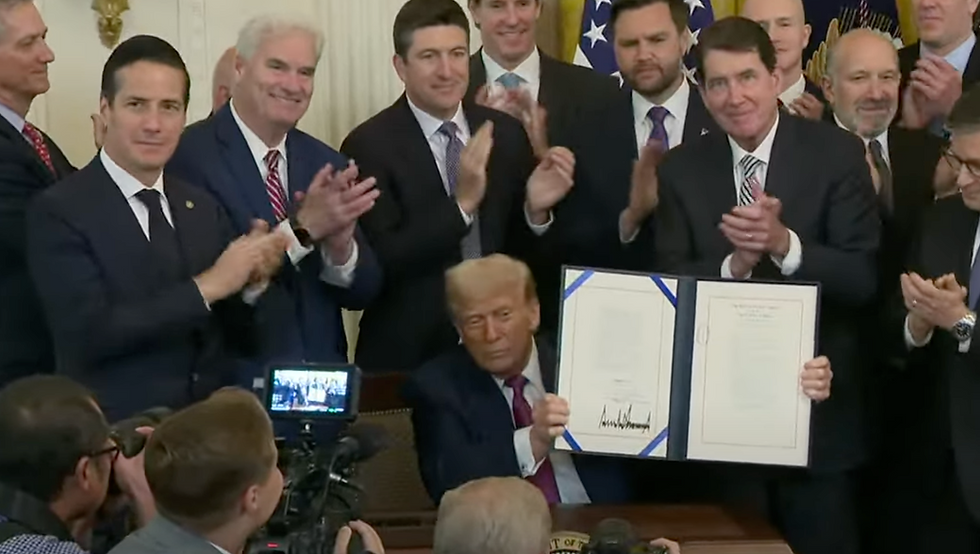Bubble Trouble: Are We Repeating 1929?
- Maniek Kozlowski
- May 8
- 2 min read
Updated: May 10

As some sectors of financial markets reach new highs in 2025, many investors are drawing comparisons to past bubbles and crashes—most notably, the infamous Wall Street Crash of 1929. With the rise of speculative sectors like artificial intelligence or crypto and ongoing shifts in global monetary policy, the question arises: could we be repeating the same mistakes? While the world today is vastly different from the 1920s, some underlying warning signs are surprisingly familiar. This article explores the key triggers of the 1929 crash and evaluates whether similar risks are present in today’s financial environment.
1. Speculation in the stock market and FOMO
1929: Investors were buying stocks massively on credit, expecting an endless bull market.
2025:
Signs of speculation still exist, particularly around artificial intelligence (AI), cryptocurrencies, and “meme stocks.”
Retail platforms (like Robinhood, XTB) make impulsive market access easy.
FOMO (fear of missing out) still drives behavior, but margin trading is now far more regulated.
✅ Risk: moderate. Speculation is present, but the financial system is more robust.
2. Stock prices detached from fundamentals
1929: Stock prices reached absurd levels, not supported by company performance.
2025:
Some sectors (AI, tech, semiconductors) are trading at very high P/E ratios.
Investors are paying a “premium for the future,” sometimes overly optimistic.
✅ Risk: moderate to high. Some valuations are stretched, though the overall market is not in full-blown bubble territory.
3. Interest rate hikes / monetary tightening

1929: The Fed raised rates to cool speculation, which backfired.
2025:
Central banks (Fed, ECB) have only recently begun easing after the 2022–2023 rate hike cycle.
Real interest rates remain elevated.
Markets are expecting cuts in 2025, but this could disappoint if inflation returns.
✅ Risk: moderate. A mismatch between expectations and policy could shake markets.
4. Economic slowdown vs high expectations
1929: The economy slowed down while markets remained overly optimistic.
2025:
Mixed signals: strong labor markets but weak industry and consumption.
China's economy is also slowing, with rising public debt.
✅ Risk: moderate. A downturn could clash with investor optimism.
5. Excessive debt
1929: High levels of private and speculative debt.
2025:
Now, public debt is the issue (USA, Japan, China, Italy).
A significant portion of debt has floating rates and is sensitive to rate hikes.
✅ Risk: high in the long run, but unlikely to trigger an immediate crash.
🟢 What’s better today than in 1929?
Stronger financial regulation (e.g., SEC, central banks).
Deposit protection systems, more transparent data.
Broader investor base (more institutional, fewer reckless retail traders).
Summary:
In 2025, we don’t see the exact same risk profile as in 1929, but some similarities do exist, especially:
potential bubbles in specific sectors (like AI),
high valuations built on optimistic forecasts,
uncertainty about central bank actions.
A 1929-style crash is unlikely, but a market correction is certainly possible.



Comments